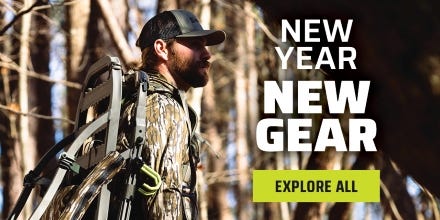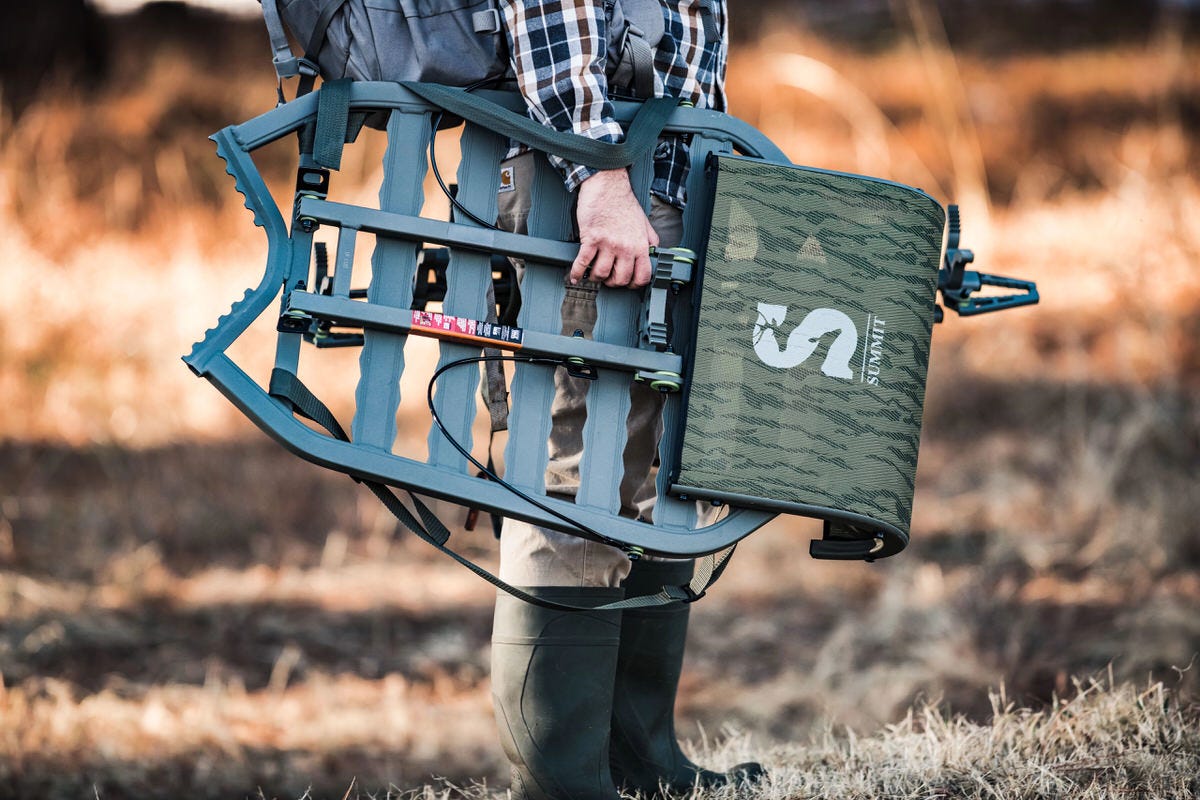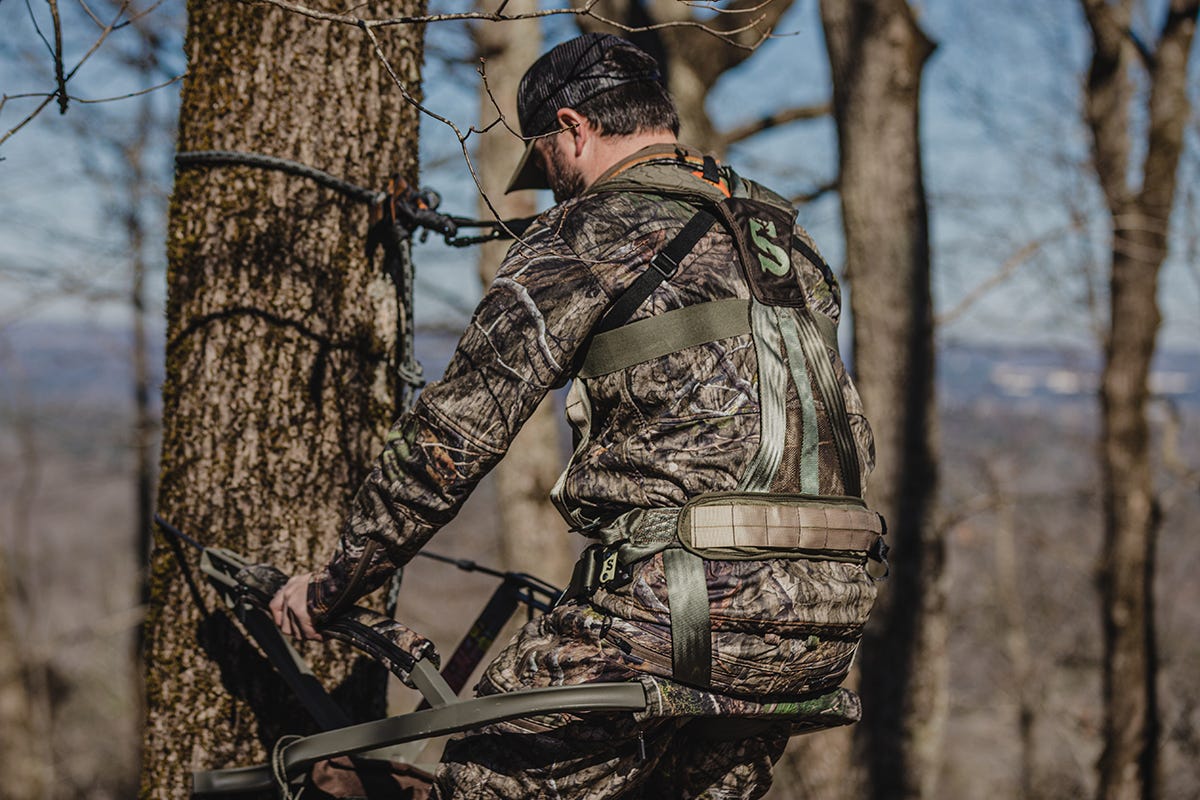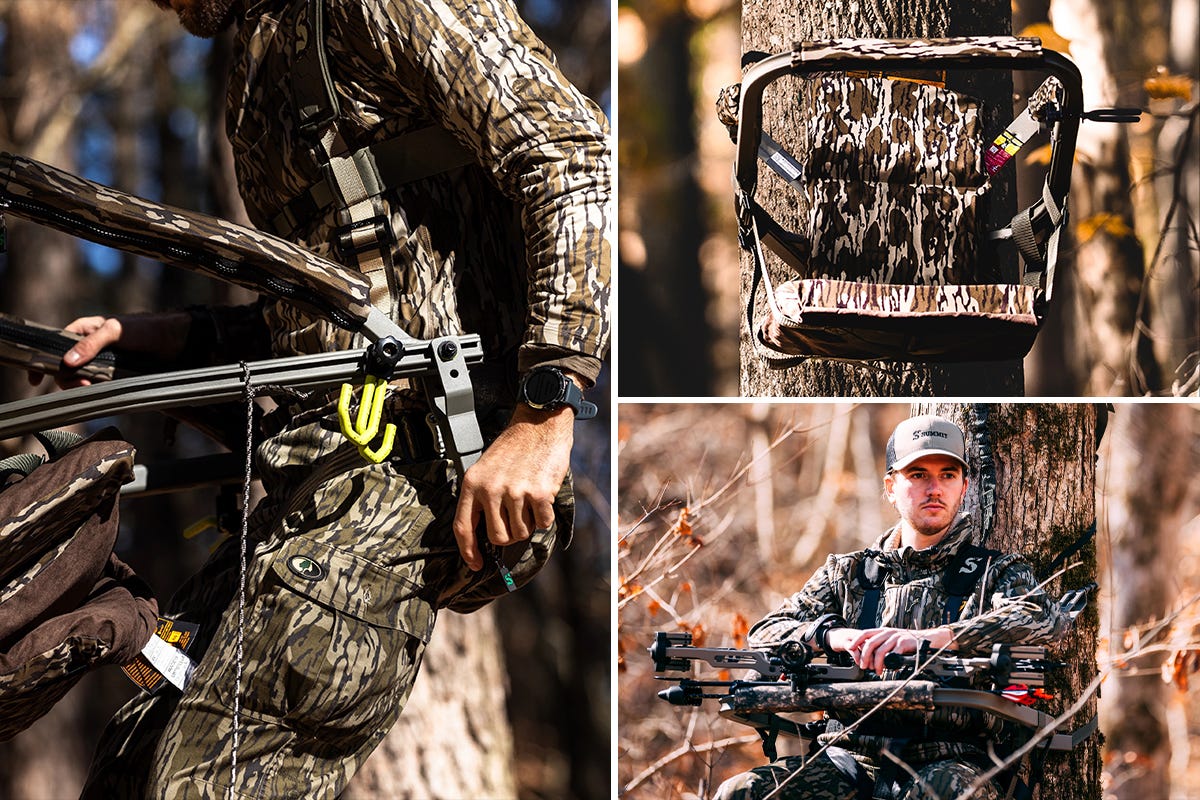- Sep 6, 2019
Early Season Stand Placement: Watering Holes
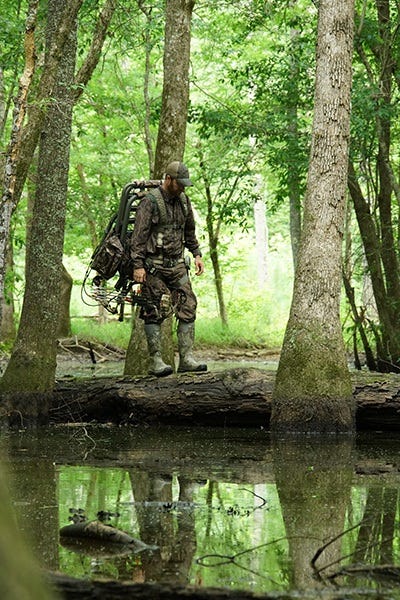
Warm to hot temps are not uncommon in September. So, looking for those hidden water sources can be very effective. Also, don’t overlook creek crossings when trying to locate water holes.
Even if a creek crossing is being utilized as a water source, also keep in mind the true destination of the deer. Are they heading to a food plot or another food source such as acorns, beans or corn? This will help you decide how to hang your stand. You’ll need to think about the prevailing wind for this time of year. In many areas of the country, southerly winds are still common during the early season. Make sure you hang the stand that gives you the most chances to hunt it with the proper wind direction.
For example, if hunting a crossing with the stream running north and south and most deer travel coming from the west heading east — with a south or southwest wind — placing your stand northeast of the crossing would push much of your scent up the creek and away from the deer crossing. Use this mind set for whatever wind direction that works for the particular area. Be extra careful which way you enter the area to hunt your stand, too. If you can use the streambed as a quiet entry point, that could help cut down on your scent trail.
When hunting around pond or mid-sized water holes, prevailing wind and how the deer enter the area is of course the deciding factor in where to hang your stand. If possible, and the water source is small enough to give you a good shot, hang your stand across the water hole from where the deer will come from. This will keep your scent from contaminating the hunting area.
Much of the time these small, secluded water holes are thick with canopy cover and often times don’t give many open shot opportunities. You may want to go in during the middle of summer and trim some shooting lanes to allow better shot opportunities. Keep in mind, don’t trim too much; deer will be in close quarters to you and having cover will help when it’s time to strike.

